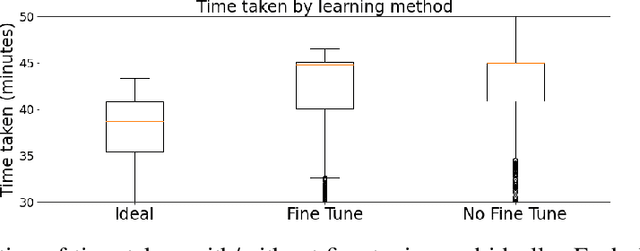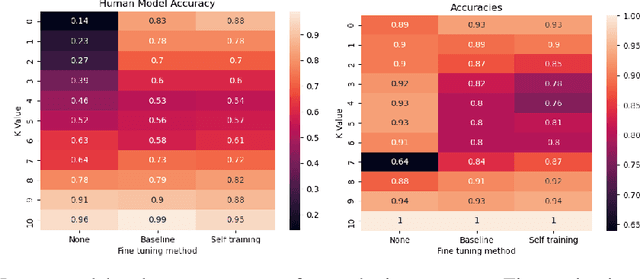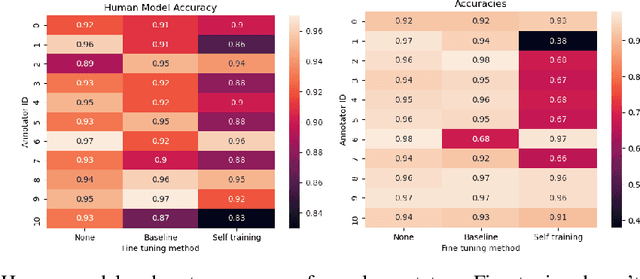Improving Learning-to-Defer Algorithms Through Fine-Tuning
Paper and Code
Dec 18, 2021


The ubiquity of AI leads to situations where humans and AI work together, creating the need for learning-to-defer algorithms that determine how to partition tasks between AI and humans. We work to improve learning-to-defer algorithms when paired with specific individuals by incorporating two fine-tuning algorithms and testing their efficacy using both synthetic and image datasets. We find that fine-tuning can pick up on simple human skill patterns, but struggles with nuance, and we suggest future work that uses robust semi-supervised to improve learning.
 Add to Chrome
Add to Chrome Add to Firefox
Add to Firefox Add to Edge
Add to Edge